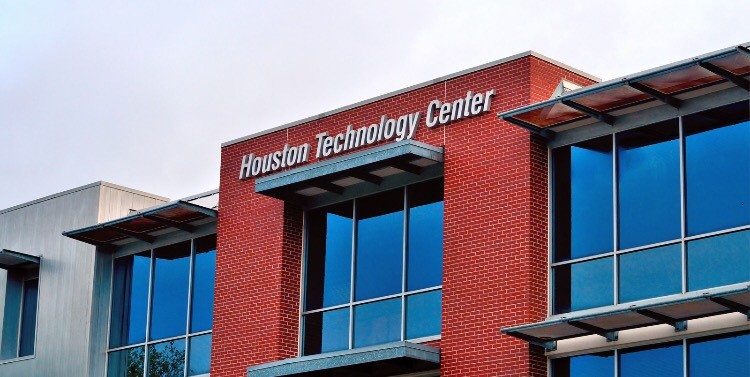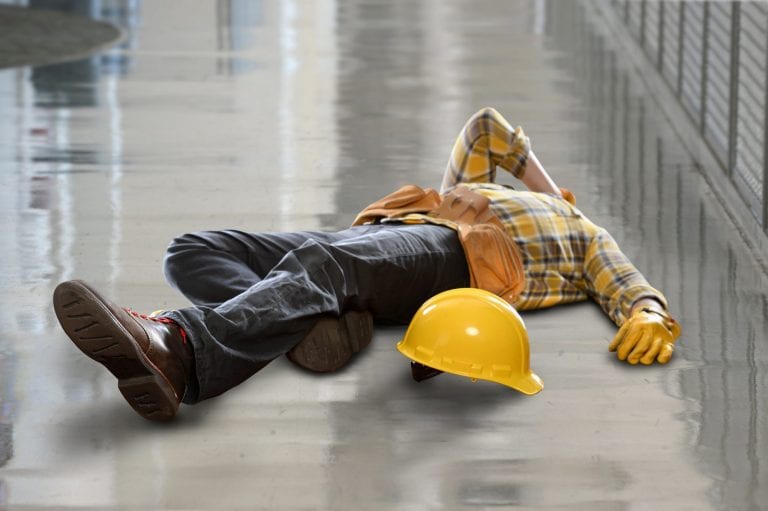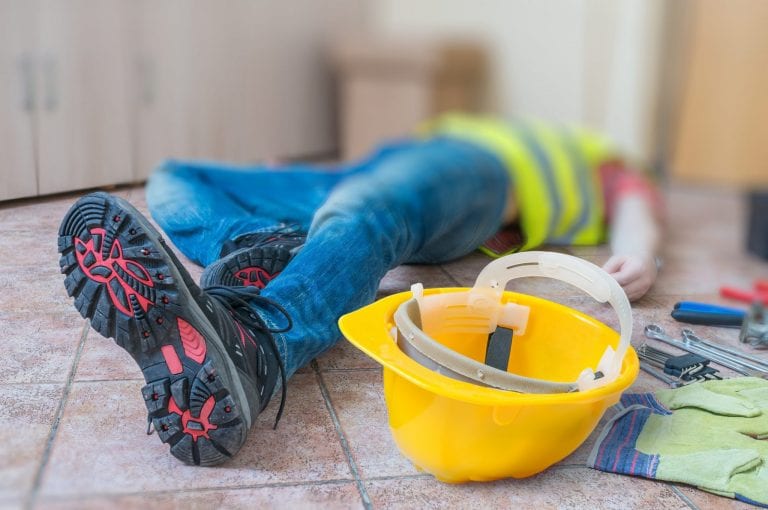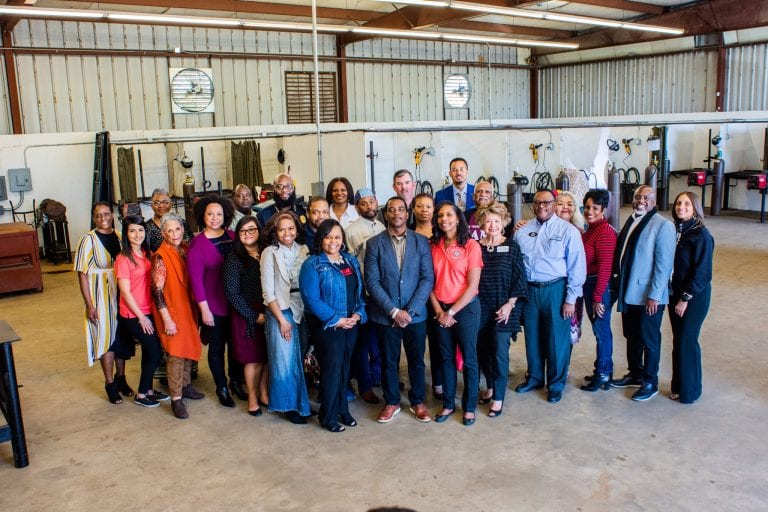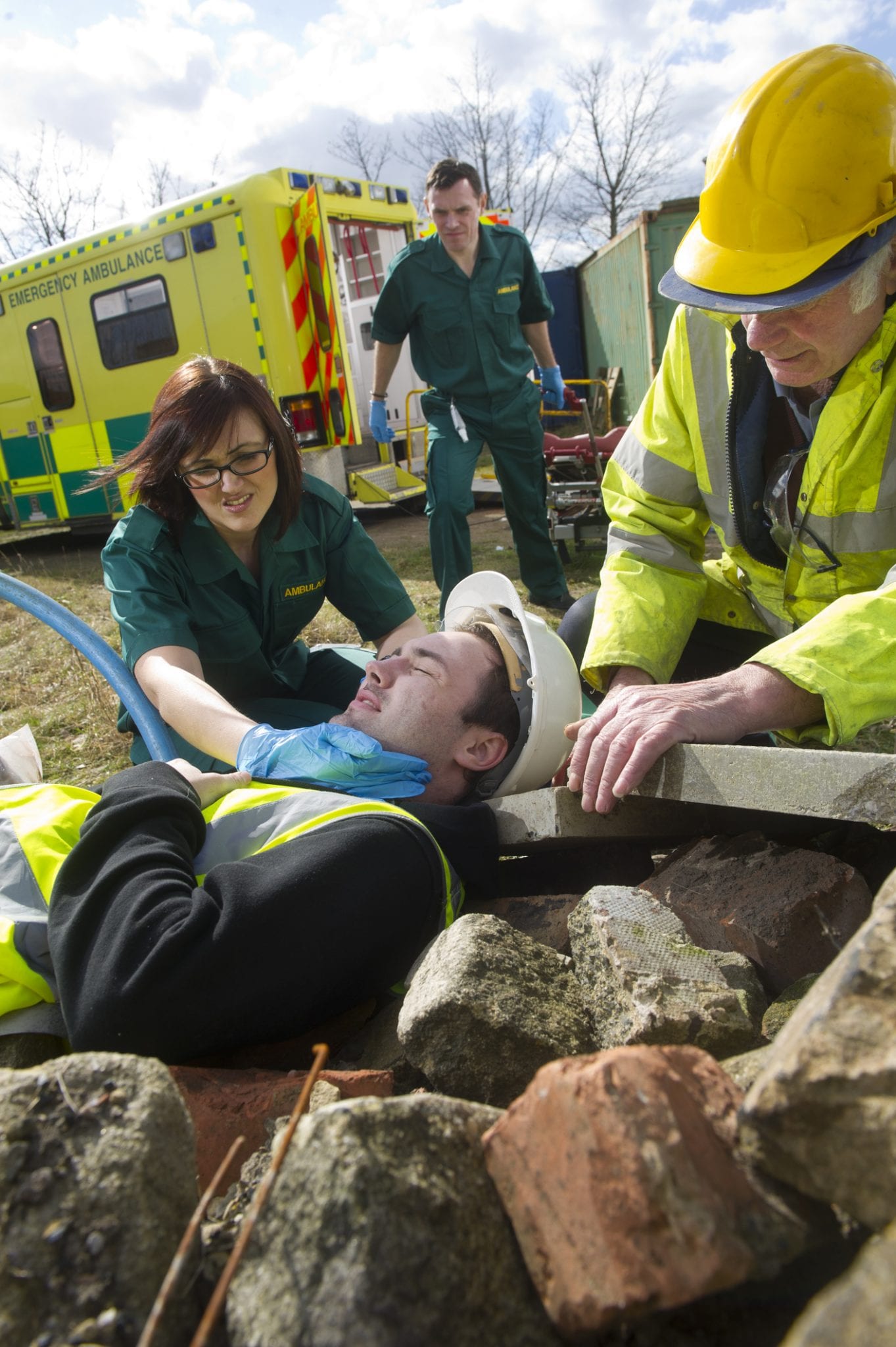
Construction is risky business. According to OSHA, one in every five private sector worker deaths in 2017 (the latest year recorded) was in construction. That’s 971 fatalities.
Jobsite safety precautions can address the top culprits: falls, struck by object, electrocution and caught-in/between. However, there is another danger on jobsites that gets less attention but has a much higher incident rate: injuries.
For construction workers, performing basic job functions and daily motions incorrectly – walking, standing or lifting – can result in a serious or life-threatening injury.
The perception of construction as a dangerous job is likely one of the reasons the sector is in a talent crisis. In order to safeguard existing workers, attract new ones and protect themselves legally, construction businesses need to put an emphasis on safety.
A dedicated wellness program, with an emphasis on physiologically informed safety knowledge, is a smart effort for any construction organization. It helps with injury prevention and differentiating that company as an attractive employer. Here are the key elements a construction wellness program should include:
ANATOMY EDUCATION AND PRACTICING THE RIGHT POSTURES
It’s not a mystery why most construction workers have bad backs. The job is physical. But this issue is avoidable. Many workers either think “I know how to walk and carry – I’ve done it my whole life.” Or they just started picking up tips by observing when they started in construction. But how many have actual training on anatomy?
Offering anatomy education – combined with physical practice of the right posture for tackling different parts of the job – is the cornerstone of a wellness program. It should be part of any new employee onboarding and offered regularly to retrain existing workers on best practices.
A key point to teach is the difference between “precision” and “power” fingers and using the right ones for different tasks. Another mindful lifting, climbing and walking – information on which muscles protect your back and techniques to appropriately safeguard it, such as ensuring three points of contact (two feet and a hand, or vice versa) when climbing into equipment.
Unless people have in-depth understanding of all this, they’ll likely use their muscles wrong and injure themselves. And it’s not just the informational education that’s needed. Companies need to incorporate practice of these motions in a classroom-style setting outside the field, until they’re perfected.
FATIGUE AWARENESS AND COMPLIANCE WITH BREAK TIME
Handling heavy equipment for long periods of time is not only physically demanding. It leads to mental fatigue too.
Companies need to educate workers on how to recognize signs of physical and mental fatigue: body temperature fluctuations, increased heart rate, lightheadedness, forgetfulness, inability to focus. These indicators of both physical and mental fatigue are often a precursor to the mistakes that often lead to a more serious injury or possible fatality.
In addition to training on the signs of fatigue, ensuring worker compliance with breaks is critical. That may mean putting a manager in charge of walking around and physically telling people to stop working if they aren’t already doing so at the appropriate times.
Rest and relief times are central to overall wellness, and that requires a top-down commitment to prioritizing the time where workers can unwind physically and mentally.
INTEGRATING SAFETY TECHNOLOGY
Physiologically informed knowledge is the basis for safety and wellness, but technology can be a big aid as well. Wearables are used in many wellness programs, often to keep desk workers active throughout the day, but can monitor vital signs for construction workers who perform physical labor in natural elements and intense weather.
Many organizations are also using GPS technology and geofencing to track safety hazards such as speeding (a major cause of “struck by” incidents) or equipment operating outside of its approved zone. They’re also using technology to manage maintenance and inspection schedules and daily reports, to ensure there are no outstanding repairs or dangerous equipment on site.
Monitoring the safe movement and operation of assets is critical, and that can’t always be achieved on the construction site, where it’s hard to see everything going on. This is why technology that provides in-office management visibility and identifies hazards has become so popular. Integrating it into a safety program greatly strengthens a company’s results.
In the mix of everything that needs to be addressed, worker wellness often falls to the wayside. Companies that don’t invest in physiology at all may be contributing to long-term damage and injury of their workers.
As an employer, focusing on safety through worker wellness and supporting technology is the right thing to do. It will also help prevent on-site mistakes and injuries, boost your reputation as an employer amid this talent shortage and create a more productive workforce that keeps projects on-track and completed with the highest standards of quality.
Source: Associated General Contractors



